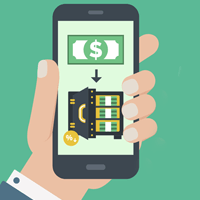How Mobile Builds the Multi-Channel Customer Journey

Mobile is madly mutating, becoming ever more central to the consumer lifestyle and the customer journey.
Under the pressure of always-on, always-connected technology, our rituals of shopping have shape-shifted. Now customers leapfrog from websites to social media to stores and onto in-store online chat as they embrace the convenience and choice offered by a multi-channel shopping experience. And at the hub, linking all the channels, is mobile.
"Mobile is the most personal and intimate channel for marketing communications. It's what consumers are staring at."
- Ryan Freeman, Vice President, Turnstyle Solutions
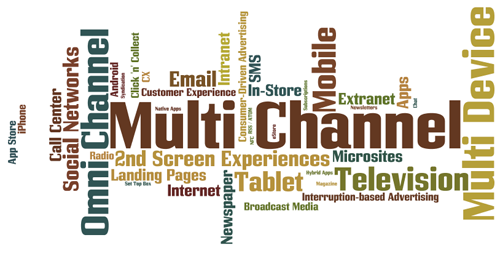
Already by 2014, the majority of time shopping online (62 percent) is happening on mobile, while smartphones and tablets account for close to 70 percent of all interactions with brands. That's no surprise, since consumers devotedly spend on average three hours each day communing with their mobile devices.
Mobile is now central to the customer journey, whether it ends online with the click of a mouse or the ca-ching of a store cash register (or the scan of your iPhone). Every sensible retailer is taking the minimal step of ensuring a mobile-friendly website. But the more strategic are planning how to exploit the next innovations in mobile and its centrality in the multi-channel customer journey.
No one is certain how far and where this mobile gig will take us. The only sane strategy is to strap on your seatbelt and hang on for the ride.
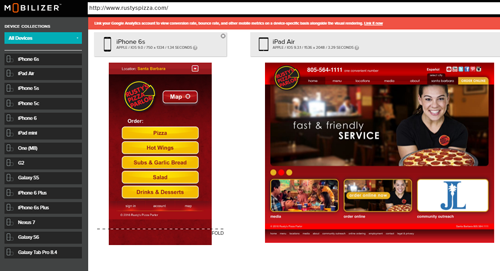
1. The Empowered, Savvy Customer: Information
The customer journey commences with the savvy shopper gathering information. Even before stepping through the doors of the local glittering product emporium, we have done our research, consulted the reviews and narrowed our choices. Among American shoppers, 73 percent have already studied up on their preferred product and brands, whether deciding on running footwear or tax software.
No wonder 80 percent of consumers labeled themselves "expert savvy shoppers" in 2015. And as IBM tells us, 52 percent of in-store purchases have been influenced by prior online interactions.
Yes, shoppers definitely appreciate the power, choice and convenience provided by the Internet. Whether pinpointing stores, browsing reviews, checking prices or learning product details, they are hunting for information and deals online. And if you can't meet and greet your mobile shoppers with a website, online advertisements, or even "push notifications," then your retail business may lose out big time.
This doesn't necessarily eliminate the visits to the physical brick and mortar store, but alters its purpose. Having gathered key information on price, performance and functionality, in-store shopping is "less about trial and exploration and more about validating assumptions and hypothesis," reports eMarketer.
2. Local Search: Where Art Thou, Oh Walgreens?
When a prospect identifies a wondrous object enticing their desires, be it steaming hot pizza fresh from the oven or a gleaming trinket for a wedding anniversary, the next step in the customer journey is often local search.
Of course the yellow pages are dead. When shoppers hunt for local services, store hours and locations nowadays, they are consulting Google. Moreover, since 2011, search interest in "near me" stores, restaurants, services and retail outlets has jumped 34 fold. Among shoppers conducting an online search for local information, more than a third enter the retailer's doors within a day. Indeed, fully 18 percent of those who conduct a local search for retailer information end up making a purchase. Online local searches are almost as good as cash in a merchant's hands.
Merchants need to command a clear presence online with a mobile-friendly website to ensure they are catching that online traffic that turns into your store's foot traffic. And the website needs to be optimized to ensure a first-page local search ranking.
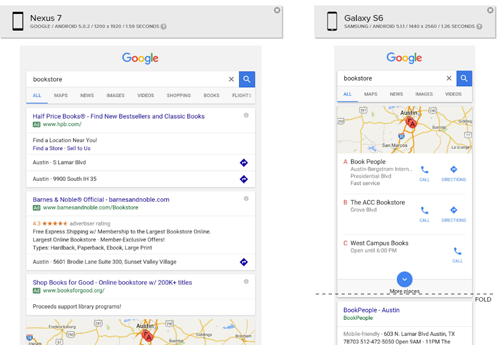
3. Showrooming? Not! Jumping Online in Your Store
Increasingly online commerce and in-store sales are two connected, not competing, endeavors. Consumers come armed with data and seek to test their preliminary conclusions with up-close inspections. Moreover, when viewing merchandise in your product showroom, customers often build their confidence toward making that final purchase decision by whipping out their phone and going online.
The most common in-store activities accomplished with a smartphone according to SessionM's 2015 survey are:
1. Price comparisons - 54 percent
2. Looking up product specs - 48 percent
3. Checking reviews online - 42 percent
4. And seeking coupons or deals
5. Taking a picture of the product - 25 percent
6. Texting or calling someone - 18 percent
Knowing shopper habits, merchants can facilitate their progress to a purchase and build loyalty. You can present bar codes that enable customers to jump online and check product details. Moreover, retailers can provide access to both Wi-Fi and their own website with a full range of product information. In fact 61 percent of customers say they are more likely to visit a store if they can inspect the store's inventory online. Other retailers offer in-store chat to answer any remaining product questions.
4. Attract Customers (and make the sale) with Push Notifications
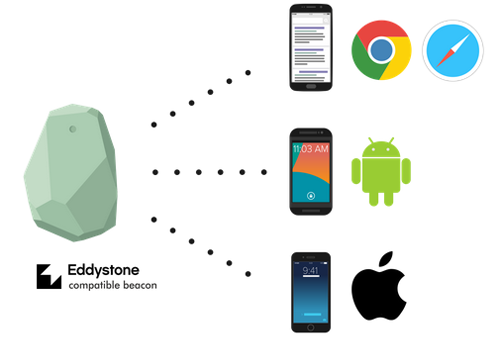
A major technique to incentivize the customer's shopping and to potentially close the sale is with "push notifications."
Push notifications are messages (or emails) delivered to the phones of shoppers who show an interest in your services or are inside or in close proximity to your retail outlet. Such notifications can highlight a deal or offer a discount - one tailored or personalized to the customer's individual shopping history.
Fifty-seven percent of in-store customers declare they are more likely to shop at a store that delivers in-store deals with push notifications.
"If you deliver the right message, at the right time and in the right place to the right person, 49 percent of those users will give you their undivided attention. Another 17 percent will engage with it to determine whether it's worthy of further action."
Today's advancing technology means all retailers can entice shoppers with online push notifications. Soon, sending a special offer to in-store shoppers won't just be a commercial weapon possessed only by big brands and nationwide retailers. Traditionally such notifications were pushed to customers who had downloaded your app. But now Google is rolling out physical beacons that can be placed in your store to broadcast attractive offers to consumers on their phones.
Already beacons are delivering on their promise to engage prospects and enhance the customer experience. Innovators, like the Golden State Warriors, offer upgraded seats to those rooting in the nose-bleed section. And Samsonite vows to always let you know where your luggage is with its built-in beacons.
The Journey
As on-the-go mobile continues to powerfully disrupt the business of retail, advancing technology is leveling the playing field among companies small and large. You need to take full advantage of these new mobile possibilities to grow the profits of your business - first and foremost by establishing your business' prominent online presence. Second by delivering mobile-optimized websites that ensure a seamless friendly user experience. Third by exploiting the emerging potential of mobile as the central hub of the omnichannel customer journey.
Subscribe to Our Newsletter!
Latest in Mobile Marketing









